Pressure Ulcer Injuries
Avoiding Nursing Home Pressure Ulcer Injuries
Pressure Ulcer Injuries. Nursing homes are established to provide the elderly with the assistance and care they need. In many instances, your loved one may become sick or bed ridden due to an accident or disease.
If your loved one is currently on bed rest or disabled, it is critical that they are receiving the adequate nursing care, including sufficient food and hydration as well as personal attention from the nursing home staff, to ensure they have adequate movement to shift the weight bearing locations on their bodies.
A lack of mobility leading to prolonged periods of time of increased pressure on a resident’s heels, lower back and shoulders can lead to ulcerations, often called decubitus ulcer, pressure ulcer or bed sores.
Pressure ulcer injuries are often a sign that the nursing home staff is not assisting the residents to move freely or not turning them as they are meant to. This is a serious form of nursing home abuse that should be dealt with right away. Contacting a nursing home abuse lawyer is your first step against this type of mistreatment.
The Freedom from Abuse, Neglect and Exploitation laws which regulation govern nursing homes consider pressure ulcers to Be “AVOIDABLE” and therefore preventable:
Pressure ulcers / sores. Based on the comprehensive assessment of a resident, the facility must ensure that — (1) A resident who enters the facility without pressure sores does not develop pressure sores unless the individual’s clinical condition demonstrates that they were unavoidable; and (2) A resident having pressure sores receives necessary treatment and services to promote healing, prevent infection and prevent new sores from developing.
Understanding Pressure Ulcer – Bed Sores
Bed sores also referred to as decubitus ulcers and pressure sores, are areas of damaged skin and tissue that develop due to a reduction in circulation often accompanied by excessive periods of unrelieved pressure on the affected area. In order to properly track the care provide for a pressure sore, it is essential that the staff understand the correct way to identify and chart the stages of pressure wounds and images of the wounds.
Pressure Ulcer Stages Revised by NPUAP
NPUAP Stage 1 Pressure Ulcer Injury: Non-blanchable erythema of intact skin Intact skin with a localized area of non-blanchable erythema, which may appear differently in darkly pigmented skin. Presence of blanchable erythema or changes in sensation, temperature, or firmness may precede visual changes. Color changes do not include purple or maroon discoloration; these may indicate deep tissue pressure injury.
Stage 2 Pressure Injury: Partial-thickness skin loss with exposed dermis Partial-thickness loss of skin with exposed dermis. The wound bed is viable, pink or red, moist, and may also present as an intact or ruptured serum-filled blister. Adipose (fat) is not visible and deeper tissues are not visible. Granulation tissue, slough and eschar are not present. These injuries commonly result from adverse microclimate and shear in the skin over the pelvis and shear in the heel. This stage should not be used to describe moisture associated skin damage (MASD) including incontinence associated dermatitis (IAD), intertriginous dermatitis (ITD), medical adhesive related skin injury (MARSI), or traumatic wounds (skin tears, burns, abrasions).
Stage 3 Pressure Injury: Full-thickness skin loss Full-thickness loss of skin, in which adipose (fat) is visible in the ulcer and granulation tissue and epibole (rolled wound edges) are often present. Slough and/or eschar may be visible. The depth of tissue damage varies by anatomical location; areas of significant adiposity can develop deep wounds. Undermining and tunneling may occur. Fascia, muscle, tendon, ligament, cartilage and/or bone are not exposed. If slough or eschar obscures the extent of tissue loss this is an Unstageable Pressure Injury.
Stage 4 Pressure Injury: Full-thickness skin and tissue loss Full-thickness skin and tissue loss with exposed or directly palpable fascia, muscle, tendon, ligament, cartilage or bone in the ulcer. Slough and/or eschar may be visible. Epibole (rolled edges), undermining and/or tunneling often occur. Depth varies by anatomical location. If slough or eschar obscures the extent of tissue loss this is an Unstageable Pressure Injury.
Unstageable Pressure Injury: Obscured full-thickness skin and tissue loss Full-thickness skin and tissue loss in which the extent of tissue damage within the ulcer cannot be confirmed because it is obscured by slough or eschar. If slough or eschar is removed, a Stage 3 or Stage 4 pressure injury will be revealed. Stable eschar (i.e. dry, adherent, intact without erythema or fluctuance) on the heel or ischemic limb should not be softened or removed.
Lastly, here are some additional resources for pressure ulcers information from the Minnesota Department of Health.
Contact an Experienced Attorney
If you notice your loved one has bed sores, then it should act as a warning sign that the nursing staff may not be provided adequate health and personal care. You should contact a nursing home neglect attorney immediately to discuss your legal options. Attorney Kenneth L. LaBore has years of experience handling nursing home abuse and neglect cases and can assist you in determining if there is a claim related to preventable neglect.
For a free consultation call 612-743-9048 or toll free at 1-888-452-6589 or fill out the form on this page to discuss your nursing home rights and your legal options. Email: KLaBore@MNnursinghomeneglect.com.


